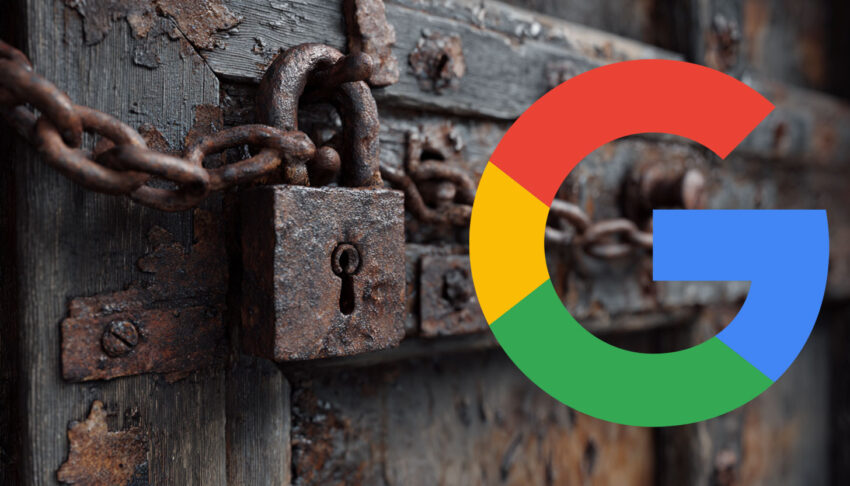TL;DR Summary of Google’s Internal Debate on Publisher Control Over AI Content Usage
Optimixed’s Overview: Navigating Publisher Rights in Google’s AI Content Policies
Understanding the Context
Recent court documents from the Department of Justice case against Google reveal internal deliberations about how much control publishers should have over their content’s use in AI-powered search features. This debate highlights the tension between Google’s AI development and content creators’ rights.
Summary of Google’s Six Options for Publisher Control
- Option 1: Maintain current controls without adding new ones; publishers can opt out of indexing.
- Option 2: No new controls, but publicly clarify that “no snippet” rules limit only display, not AI training.
- Option 3: Allow granular opt-outs at the content section level, excluding specific parts from indexing, training, and display.
- Option 4 & 4A: Enable opt-outs specifically for answer-forward AI features while allowing snippets and ranking.
- Option 5: Separate AI feature display opt-outs from data usage for training, permitting exclusion from AI answers but not training.
- Option 6: Allow publishers to opt out of data use for AI grounding and retrieval-augmented generation entirely.
Implications and Industry Impact
Google’s choice to avoid robust opt-in or granular opt-out measures reflects a “hard red line” against granting publishers full control. This stance raises important concerns about content rights, AI transparency, and the balance of power on the web. Publishers and SEO professionals should monitor policy changes and advocate for clearer, fairer controls that respect creator contributions in AI contexts.
